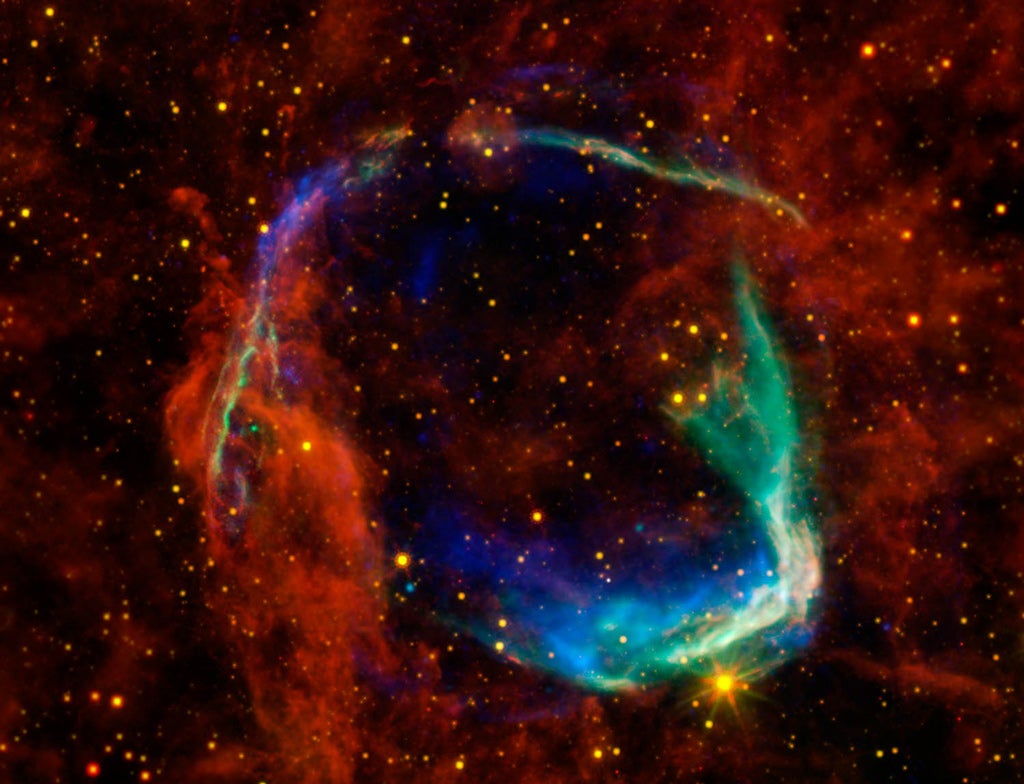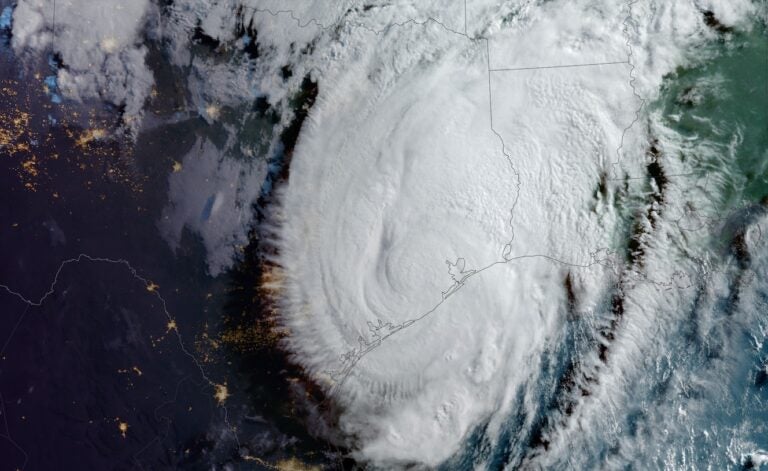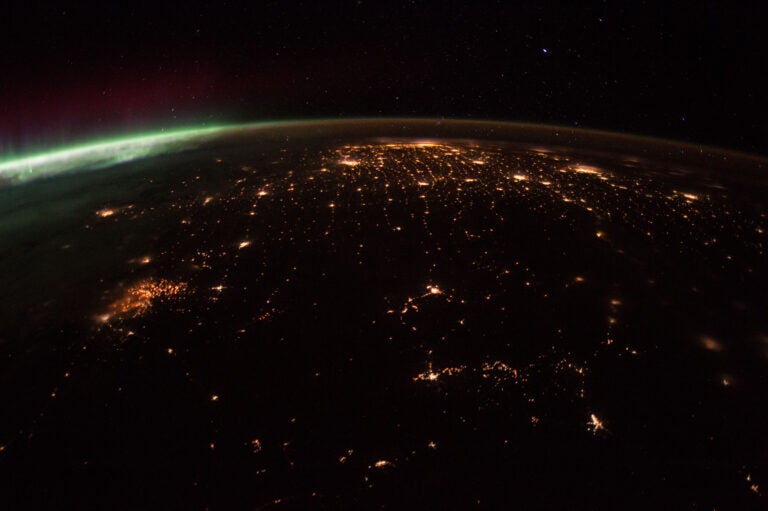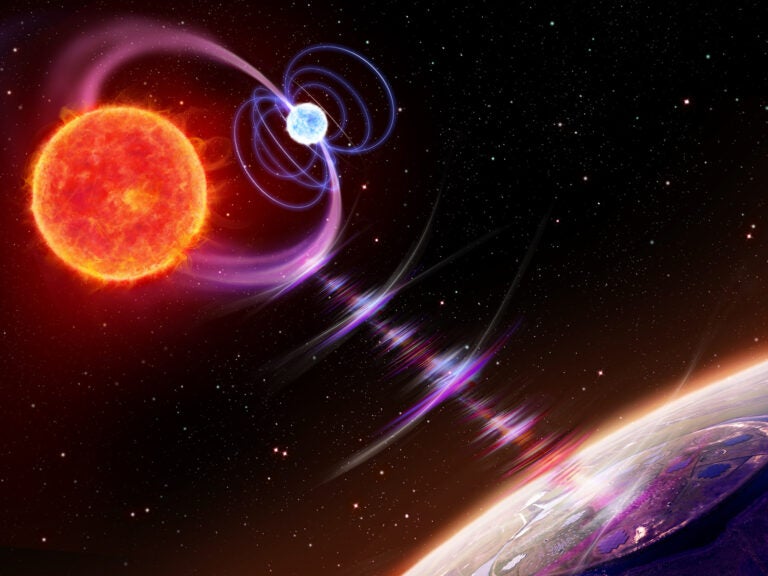In the February 2013 issue of Astronomy, Francis Reddy described the many ways suns can end their lives in “When stars go bang!” We didn’t have room to fit many of the beautiful supernova remnants that these explosions can create. So here are 10 more examples of the art of stellar deaths.
A vast variety of supernova remnants
When stars explode, their debris create beautiful images.










